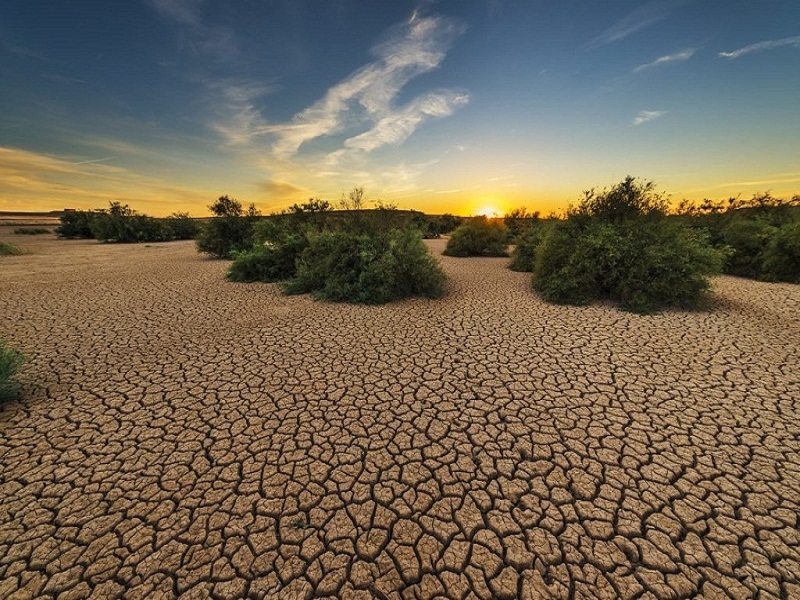Worldwide climate change and well being of human living in it is an ancient story summons large Climate change is not an unfamiliar challenge. It actually poses a major effect on our lives and also on other living things. Our increasing understanding of climate change is now changing our view point towards life and how we see the boundaries and determinants of human well being. Whereas our individual health is related to judicious conduct, heredity, occupation, nearby natural exposures as they all are the determinants of biosphere. All the populations living on earth are affected by climate and it is considered as fundamental life support in most of the cases. But the change in climate in the form of supply of unsafe water, global warming, surrounding filled with infectious agents. Climate change in some cases provides an environment where infectious agents begin to grow and cases harm to human life. For resolving these issues of climate change we go using sprayers like rx-80 to get rid of infectious agents. Before using rx-80 for this purpose you can contact all titian parts for reading tips for your rx-80.
The impacts of climate and its change on human health are noteworthy as they can cause variation in normal life of an individual. Climate change influences different individuals and different communities at a different level. Climate change is mostly the result of human activities. And because of excess use of technologies, cars and motorbikes we are affecting our gases present in atmosphere. They get trapped in air along with other pollutants and increase the chance of respiratory issues in habitants living in that area. And these gases mixed with carbon dioxide produce from combustion, methane from animal husbandry and oil extraction and nitrogen oxide from air gets trapped and cases green house effect. Green house effect is a climate change and it is affecting the physical well being of people living within these climate changes.
Impact Of Air:
Changes within the climate influence the air we breathe, both inside and outside. The changing climate has altered climate designs, which in turn have affected the levels and area of open air poisons such as ground-level ozone and fine particulate matter, expanding carbon dioxide levels. Moreover advance the development of plants that discharge airborne allergens. At long last, these changes to open air quality and aeroallergens moreover influence indoor air quality as both toxins and aeroallergens penetrate into our houses and other places of visit. Higher pollen concentrations and longer dust seasons can increase the risk of allergic reactions in people sensitive to them. They get affected by their presence and develop various respiratory issues. This poor quality of air both indoor and outdoor is dangerous for human life and it affects them to a great extent.
Temperature Impact:
Increased concentrations of greenhouse gasses lead to an increase of both normal and extraordinary temperatures. It is typically anticipated that an increase in temperature increases the risk of death and illness among the habitants. And same is the case in extreme cold environment. Sickness and death with rise and fall in temperature is common mostly in children and elderly patients as they are weak and unable to cope with the changes. As there body is not having an ability to regulate itself in days of extremely high temperature as normal and extremely low temperature than normal.
Water Impact:
In most part of the world climate change is anticipated to influence fresh and marine water assets in ways that will increase water-related contaminants in people. Water-related illness incorporates waterborne illness caused by pathogens such as viruses, bacteria and other micro-organisms. Moreover they are caused by poisons delivered by certain destructive green growth and cyanobacteria and by chemicals present in our environment which is result of human activities climate change contribute towards water contamination by rise and fall in temperature and by the growth of infectious agents in environment. Other factors include hurricanes, storms, spread of toxins and infect ants in water.
Food And Nutrition Impact:
Climate change affect the production and growth of fruits, vegetables and other food items. Increases concentration of carbon dioxide can alter the safety and health of your crops, and distribution of your food. Increased number of contaminants due to changes in weather and extreme climate events the overall growth of crops in felid is affected badly. And due to this there is little Supply and distribution of safe food among people. And in some rare cases if the crops get completely destroyed starvation occurs and people go through the worst phase of their life. Climate change can influence worldwide, territorial, and local food security by disturbing food accessibility, decrease in access of food and its utilization also becomes troublesome. Also due climate change sometimes the concentration of carbohydrates increases and due to an increase in carbohydrates level of proteins and some essential minerals decreases in certain food crops. And due to this a malnourished meal is offered to most of the people. Malnourished diet increases the risk of weak immune system and inability to fight against external agents.
Vector-Borne Diseases:
Vector-borne infections are transmitted by vectors and these vectors are mostly mosquitoes, ticks, and insects. These vectors can carry infectious pathogens including viruses, bacteria, fungi and other micro-organism. This micro-organism can transfer from one person to another and causes illness. The prevalence of seasonal vector-borne diseases is greatly affected by climate change, basically extreme rise and fall in provides a perfect environment for vector-borne diseases. Climate change can have both short and long term impacts on vector-borne illness transmission and disease designs, affecting both regular hazard and wide geographic changes in malady event over decades. Climate change can affect the transmission of vector-borne diseases; they are most likely to be associated with numerous other variables likely associated including how pathogens adjust and change, host availability and accessibility and socio-economic behavior of humans. This interaction of vector-borne diseases with climate changes is difficult to understand but can have some serious effects on human life.

